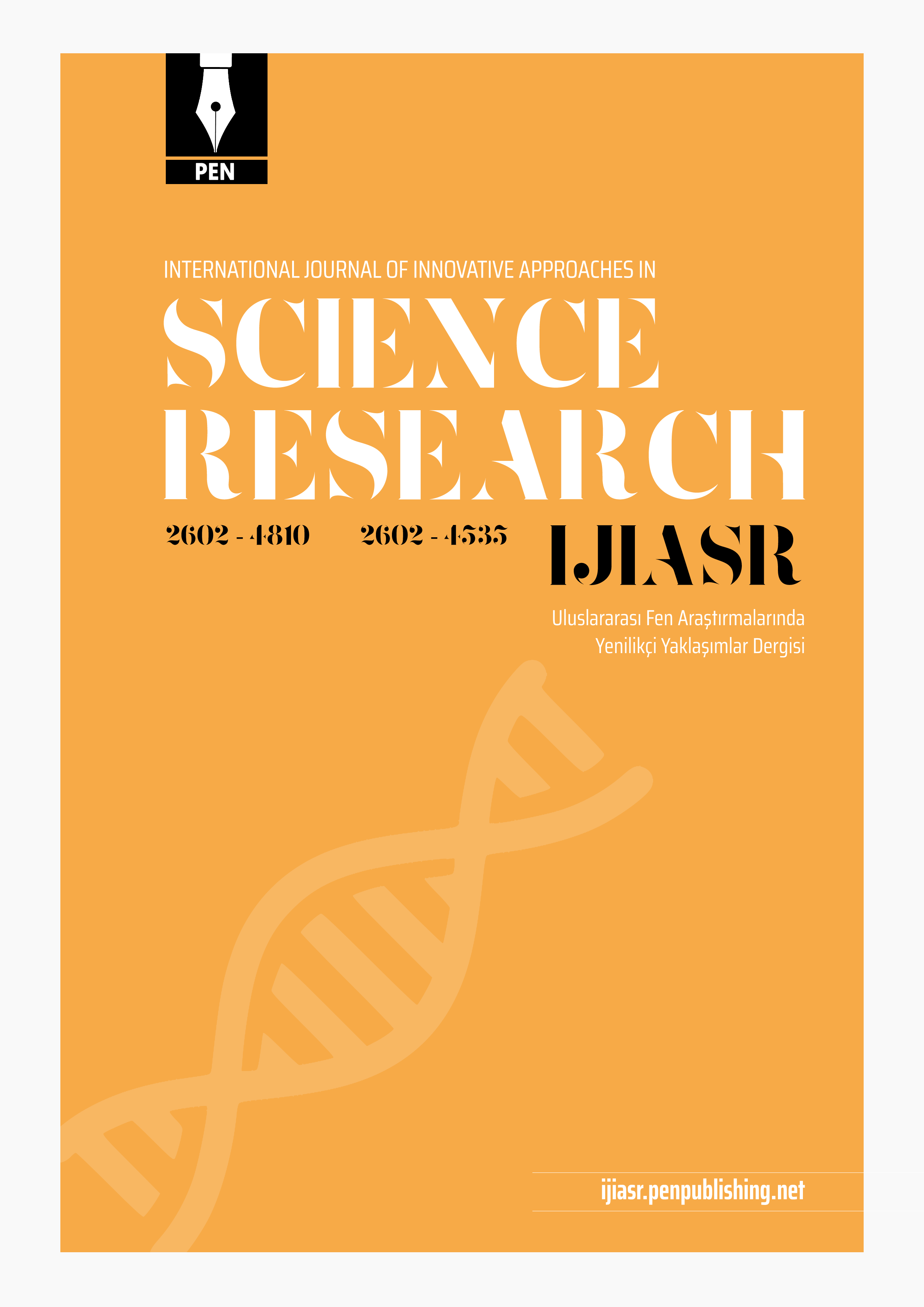
Uluslararası Fen Araştırmalarında Yenilikçi Yaklaşımlar Dergisi
Yazarlar: Aksanti Lwango Antoine, Pierre Mugisho Ciza, Neema Bora. S, Bwami Musombwa, Amani Lwango P., Bashona Cimanuka, Wakeka Kabyuma. C., Doudou Batumbo B., Wimba Kayange L. , Cubaka Kabagale A.
Konular:-
DOI:10.29329/ijiasr.2021.357.4
Anahtar Kelimeler:: Diversity,Molluscs,Schistosomiasis,Vectors,Miti cluster,Kabare.
Özet: The main objective is to inventory the vectors of bilharziasis in the aquatic ecosystems of KABARE locally in Miti-Murhesa Health zone as well as other species of aquatic molluscs in order to activate the fight against this endemic disease of this region. A total of 2762 samples were collected during our investigation period in the aquatic ecosystems in Miti-Murhesa Health Zone. We carried out field work based on shellfish sampling using appropriate methods. This sampling was carried out in 12 different sites. After collect of samples, we identified the mollusc species using the indicated identification keys, counted them and compiled them in Excel software for statistical analyses using Past software. Thus, five species of aquatic molluscs were identified. These species are Biomphalaria pfeifferi, Bulinus globosus, Pisidium casernatum, B. forskalii and Lymnaea natalensis. The species Biomphalaria pfeifferi and Bilinus globosus are intermediate hosts of intestinal schistosomiasis and urinary schistosomiasis respectively; while Lymnaea natalensis is the intermediate host of fasciolosis. Depending on the frequency of species, Biomphalaria pfeifferi and Lymnaea natalensis are constant species, Bulinus globosus and Psidium casernatum are accessory species and finally B. forskalii is an accidental species.Depending on the sites prospected, one species of aquatic mollusc was abundant in the aquatic ecosystems in this area: Biomphalaria pfeifferi; three species are moderately abundant: Lymnaea natalensis, Bulinus globosus and Pisidium casernatum, and only one is rare: Tomichia ventricosa. All the prospected sites are diversified in aquatic mollusc species except the Kashekesheke site, but the 2nd tarmaque site, Mulungu River and Kamulonge sites are thus the richest sites in aquatic mollusc species of Miti-Murhesa Health zone. The presence of these species clearly shows the risk of contamination of the population of Miti-Murhesa Health zone. These intermediate hosts of bilharzia are proliferating in the aquatic ecosystems of Miti-Murhesa Health zone; it is therefore important to recommend ways to reduce this proliferation. This study provides the basis for future ecological studies of the intermediate bilharzia host molluscs in this entity.